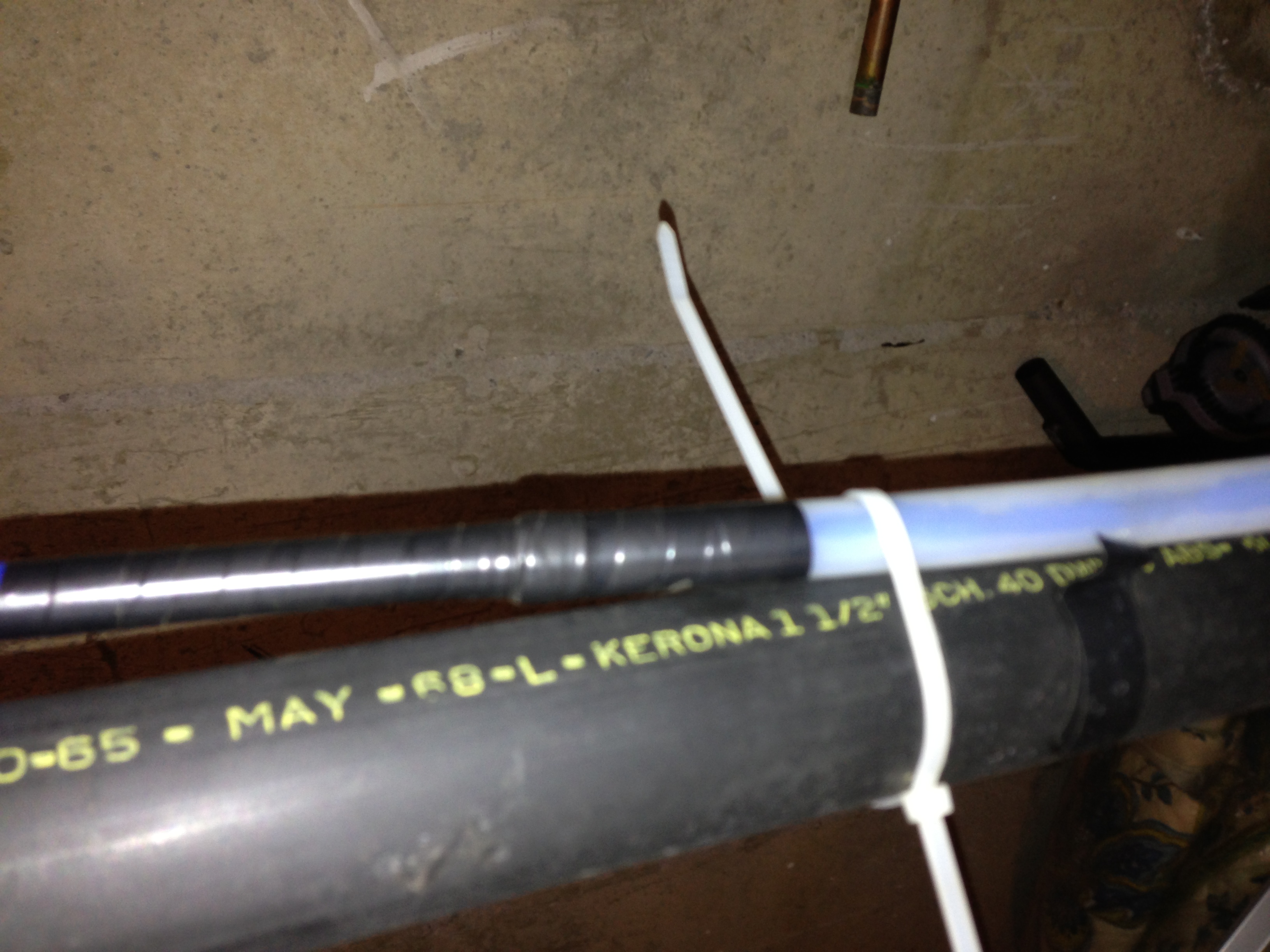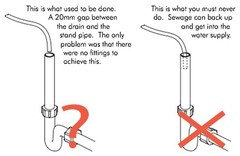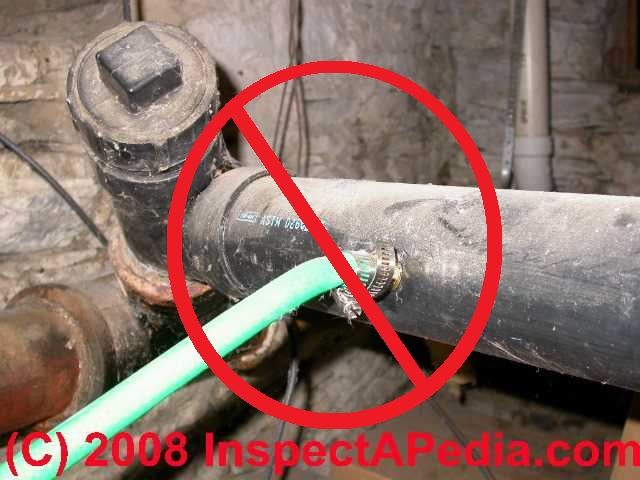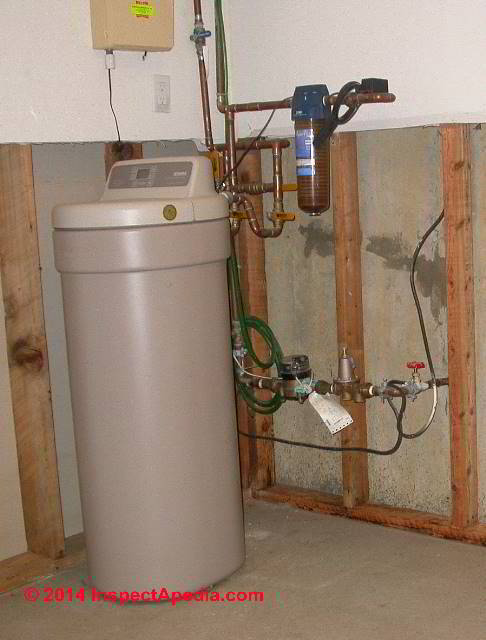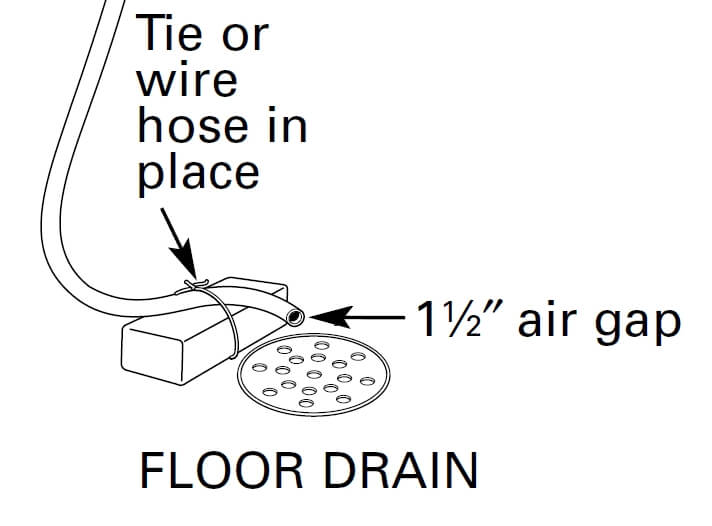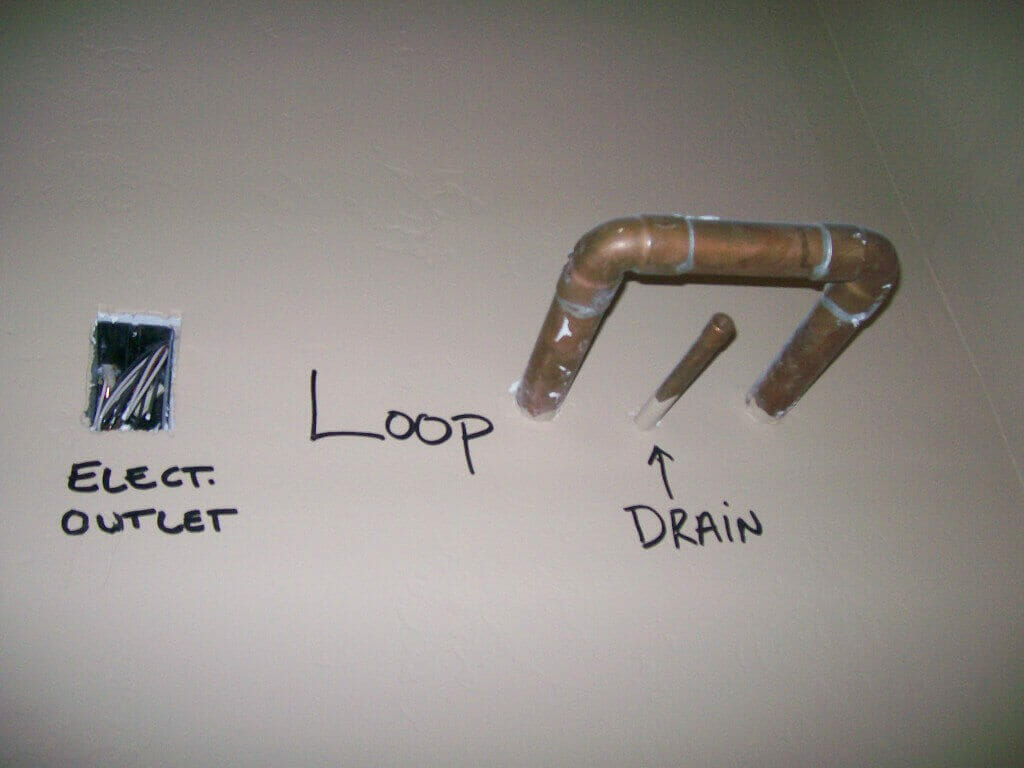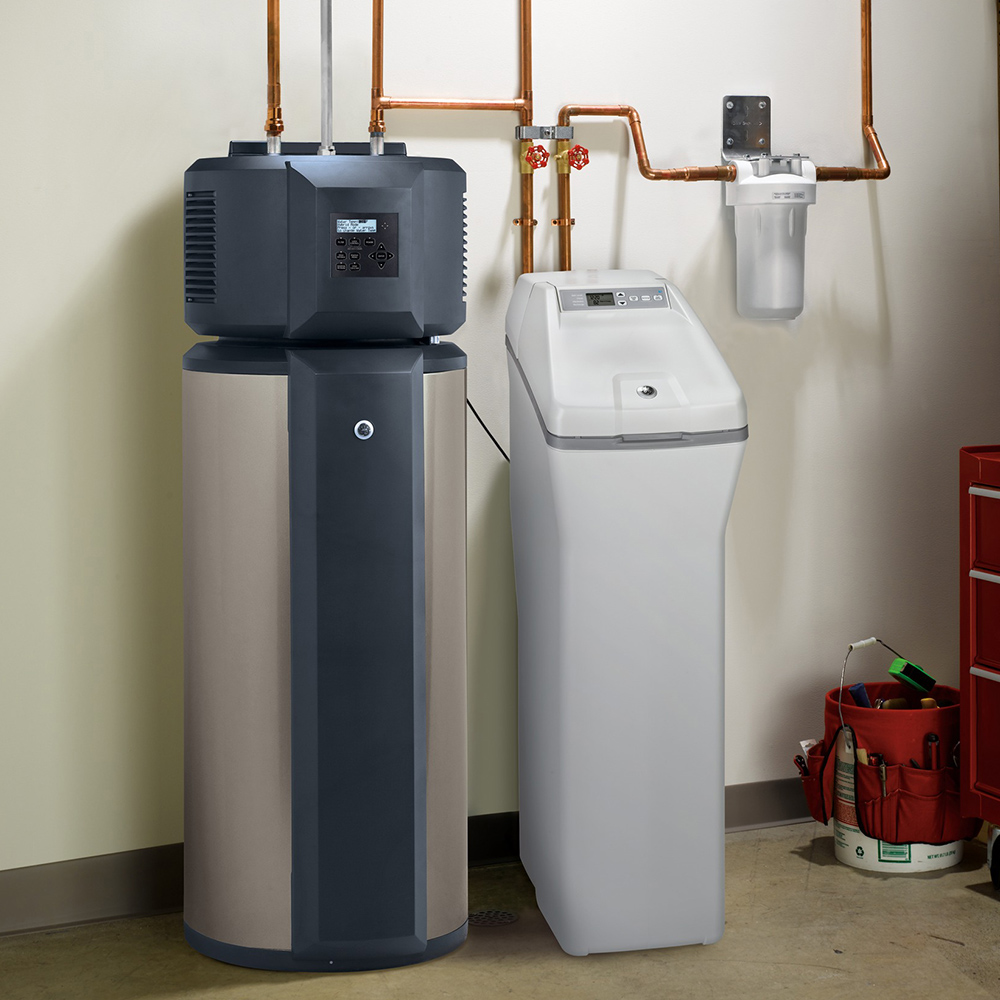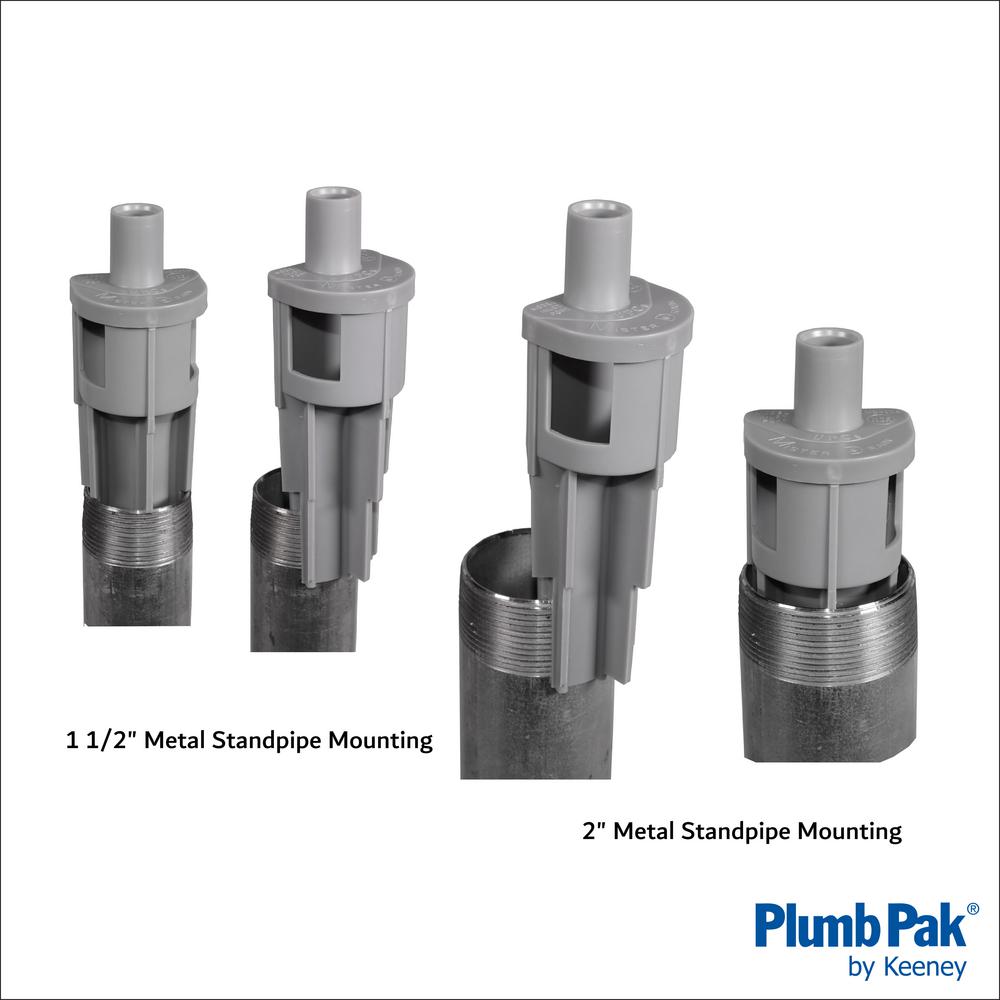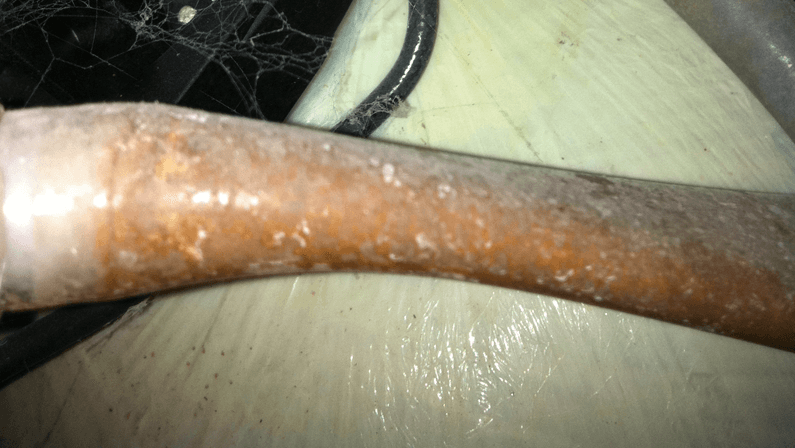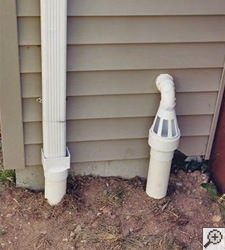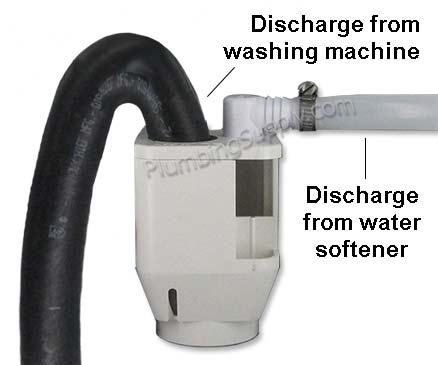Water Softener Drain Options
By code water softeners must be emptied into a laundry sink floor drain sump hole or properly trapped special outlet preserving an air gap of at least two times the diameter of the drain line but in no case less than 1 1 2 above the top of the receptacle used.
Water softener drain options. The other drain tube connects to the brine tank and serves as an overflow drain. Is your water softener full of water. From multiple tank systems generated through the energy of moving water to a more conventional method various water softener discharge options cover all your alternatives. One of the drain tubes connects to the control valve and is used to void the backwash water during the regeneration cycle.
Remember before you turn on water supply it s essential that you put the softener in bypass. If the water inside is still relatively clean you can scoop it into a large container or your laundry tub so that you can use it again once you have fixed the problem. You can simply scoop out all of the water in your water softener by hand with a bucket. After placing the brine inside its tank add salt to up to its maximum capacity.
In the garage there is a panel that has a shut off for the water coming into the house and this would be the best place to install the softener. Most water softeners recommend that you fill 2 3 rd of them with salt and in some cases water. This is to prevent non potable water from flowing backwards possibly mixing and contaminating potable drinking water. For those of you who have a softener in the garage where do you have the water drain tube go that flushes the system.
Water softener install where to drain the water. This is why the air gap rule must always be followed for drainage installations. Turn on the water supply. Here s how to drain it.
Connect the drain tubes. A softener drain line must not be connected directly to the waste system but must be emptied into a laundry tray floor drain or properly trapped special outlet preserving an air gap of at least two times the diameter of the drain line but in no case less than 1 1 2 above the top of the receptacle used.

